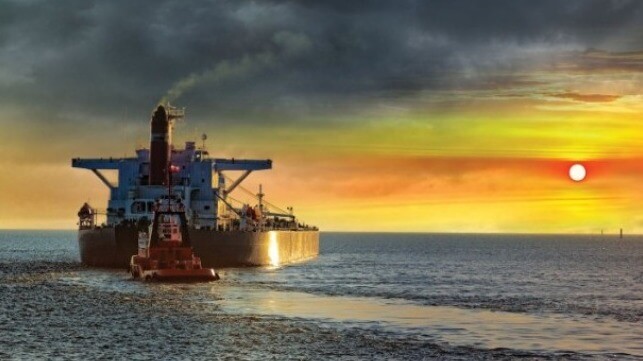EU's Replacement Strategy For Russian Oil Disrupted by Red Sea Attacks

Ttwo years after the invasion of Ukraine prompted a big shakeup in Europe's energy supplies, the evolving security situation in the Red Sea is reshaping trade flows once again.
According to tanker trade tracker Kepler, multiple EU-bound tankers are rerouting around the southern tip of Africa in order to avoid the risk of Houthi attacks off Yemen.
“European countries are seen as complicit in the Israel-Hamas war. They would rather go around the Cape of Good Hope versus taking a chance through the Red Sea," he told CNBC.
Since tankers move slowly, this increases the delivery timetable for oil flows from the Middle East to Europe by a matter of weeks, and increases the time required for the return journey by just as much. This reduces tanker availability, increases delivery cost, and makes other suppliers in the Atlantic basin more competitive (for some commodities).
European customers are turning to American and Brazilian refiners to source diesel more often, according to CNBC, and reducing dependence on longtime suppliers located east of Suez.
The disruption is a new wrinkle for commodity traders and refiners serving the EU market. Until 2022, Europe sourced 20 percent of its oil from Russia, along with much of its imported diesel. EU governments decided to phase out those supplies after the invasion of Ukraine, sending a signal of opposition and forcing Russian producers to find new markets. To substitute those lost Russian barrels, Europe turned to other suppliers in the Mideast and (for refined products) India. With access to the Red Sea now less certain, these suppliers are less accessible and affordable, forcing another adjustment in EU sourcing.
